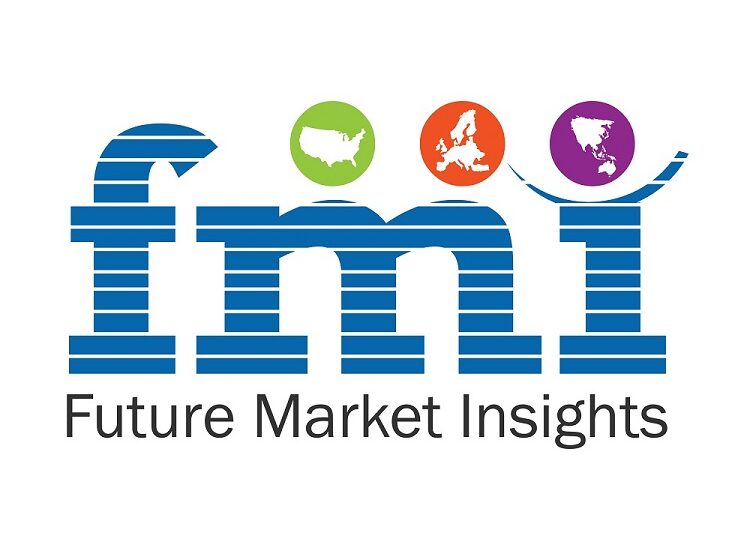In 2022, the mushroom materials market is projected to be worth US$ 4,561 million. Materials made of mushrooms are more popular since they are portable, simple to use, and good for the environment. The overall demand for mushroom materials is anticipated to increase at a CAGR of 5.8% between 2022 and 2032, reaching a total of approximately US$ 8,015.2 Million by 2032. Although this material is relatively new to the furniture industry, it has the potential to generate significant income throughout the projected period.
Mushroom materials market is anticipated to grow at a noticeable CAGR during the forecast period (2022-2032). As the sustainability trend is sweeping across various industries, mushroom materials are rapidly replacing plastics in packaging solutions as they are free from volatile organic compounds (VOC) and are derived from biodegradable materials. The transportation sector is among the key contributors to greenhouse gas (GHG) emissions, especially in developed regions. Industrials are striving to achieve better fuel efficiency by mass reduction. Mushroom materials are relatively light-weight compared to conventional materials, thus, enabling easy transportation. Further, they are widely used in manufacturing thermal insulator, car parts, and sandwich panels.
Download Sample Copy of Report @ https://www.futuremarketinsights.com/reports/sample/rep-gb-744
Mushroom Materials Market – Growth Restraints
Mushroom materials become flimsy after long exposure to moisture, as such are not considered suitable for packaging during monsoon. Their delicate nature and non-resistance to high pressure restrict their usage as proper construction bricks. Further, mushroom materials are not available in abundant amount, unavailability of raw material can impact the process of production. High cost of mushroom packaging hampers its sales in regional market.
Impact of COVID-19 on Mushroom Materials Market
The COVID-19 pandemic has hit the mushroom material market hard. Nationwide lockdowns is leading to reduced on-farm workers, thus, hampering the overall mushroom production. According to ‘mushroom business,’ only 50-60% of crops have been harvested in February in China. Due to less availability of raw materials, manufacturers are forced to curtail the production or shut down their manufacturing units, causing huge disruption in the supply chain. Travel restrictions are further also leads to downfall of market.
Moving ahead, players are keeping their focus away from product innovations or new launches during the crisis. They are continuing to manufacture and distribute the products that are already much in demand. Governments across the globe are reforming their taxation policies and financial aids to help farmers and businessmen bring back sales to pre-crisis levels.
Ask Us Your Questions About This Report @ https://www.futuremarketinsights.com/ask-question/rep-gb-744
Regional Analysis of Mushroom Materials Market
Asia Pacific (APAC) continues to hold leading share in the global mushroom material market. China is the largest producer and consumer of mushrooms in the world. The country produces 46% of world’s total mushroom cultivation. Technological advancements, and presence of skilled labor are further promoting the growth of mushroom material market in APAC.
Going forward, focused government initiatives on agricultural development and innovation, and presence of key players is anticipated to uptake North American mushroom material market. The mushroom industry in the region is investing in artificial intelligence (AI) to reduce overcome labor costs.
Mushroom Materials Market – Competitive Landscape
Mushroom material market is consolidated with two major players, Ecovative Design and MycoWorks. These players are continuously focusing on widening the application of mushroom materials and, product development. For instance,
Ecovative, a New York-based biotech company, is developing compostable packaging from mycelium and hemp – myco-composite. These myco-composites are used to produce commercial, custom-molded mushroom packaging. Unlike plastic, myco-composites are completely biodegradable, hydrophobic, heat resistant, and grow within a few days days.
Growing demand for substitutes of plastic, biodegradable packaging method are gaining much traction in future markets. For instance,
NEFFA, a clothing and fashion company, has developed biodegradable textile from mycelium. Watson and Wolfe, developed substitute of animal leather by producing mushroom leather, it is extremely light weight and flexible in nature.
Buy Bow @ https://www.futuremarketinsights.com/checkout/744
Mushroom Materials Market – Segmentation
The global mushroom materials market can be segmented on the basis of following
By Application
- Insulating panels
- Building materials
- Protective packaging
- Others
By Feedstock
- Wood fiber
- Buckwheat
- Cotton seed
Have a Look at Related Research Reports of Chemicals & Materials
Flat Steel Market Size: In 2022, the global flat steel market was worth us$ 527 billion. The market is projected to expand at a 5.9% CAGR from USD 558.09 billion in 2023 to USD 990.7 billion by 2033.
Fatty Esters Market Share: The global fatty esters market garnered US$ 2.1 Billion in 2021, and is likely to exhibit a Y-o-Y increase of 4.8% to be valued at US$ 2.2 Billion in 2022. The market is likely to propel to US$ 3.4 Billion by 2032, at a 4.4% CAGR during the forecast period.
About Future Market Insights (FMI)
Future Market Insights (ESOMAR certified market research organization and a member of Greater New York Chamber of Commerce) provides in-depth insights into governing factors elevating the demand in the market. It discloses opportunities that will favor the market growth in various segments on the basis of Source, Application, Sales Channel and End Use over the next 10-years.
Contact:
Unit No: 1602-006
Jumeirah Bay 2
Plot No: JLT-PH2-X2A
Jumeirah Lakes Towers
Dubai
United Arab Emirates
LinkedIn| Twitter| Blogs
For Sales Enquiries: sales@futuremarketinsights.com

